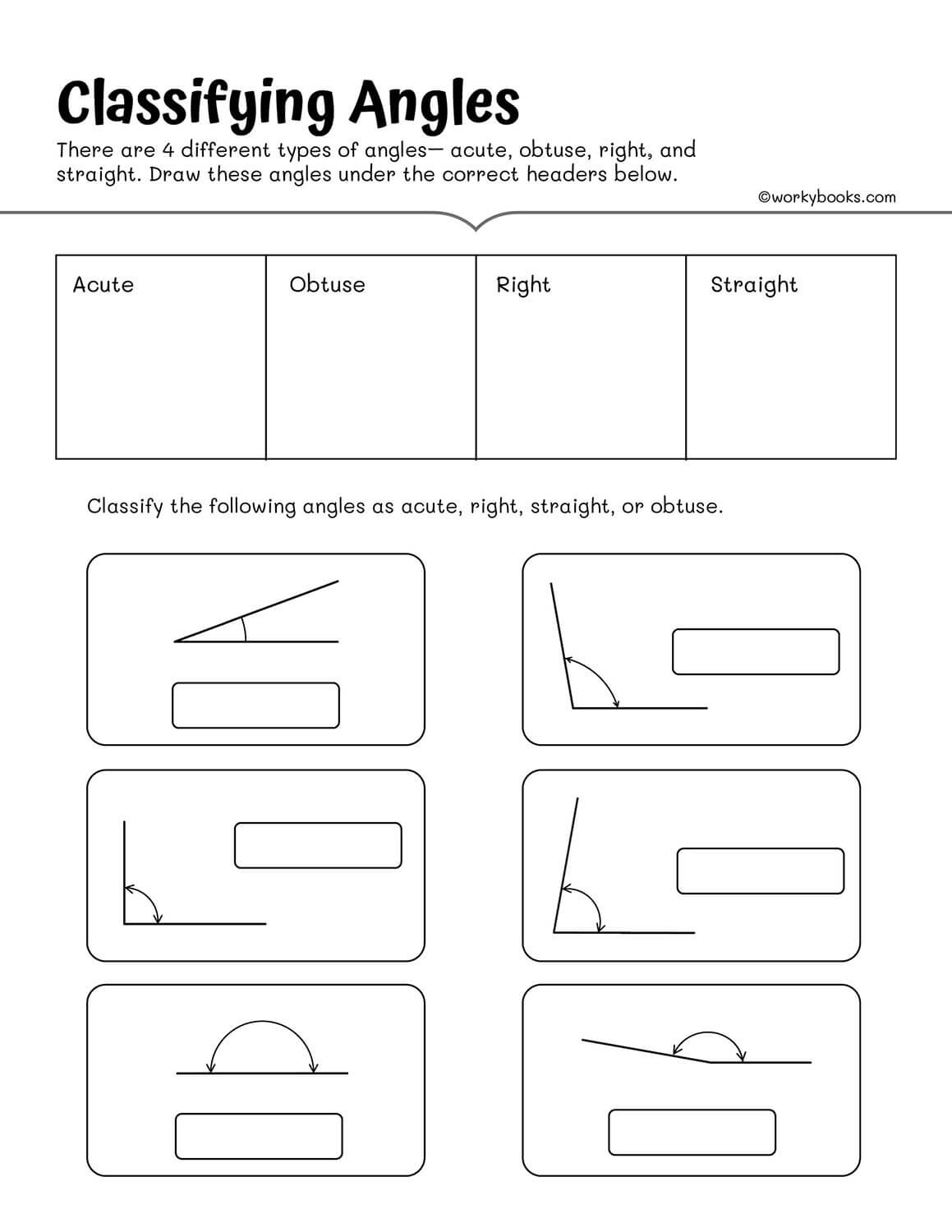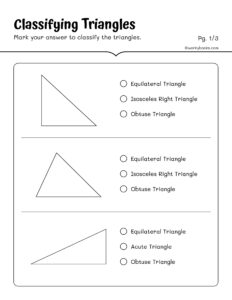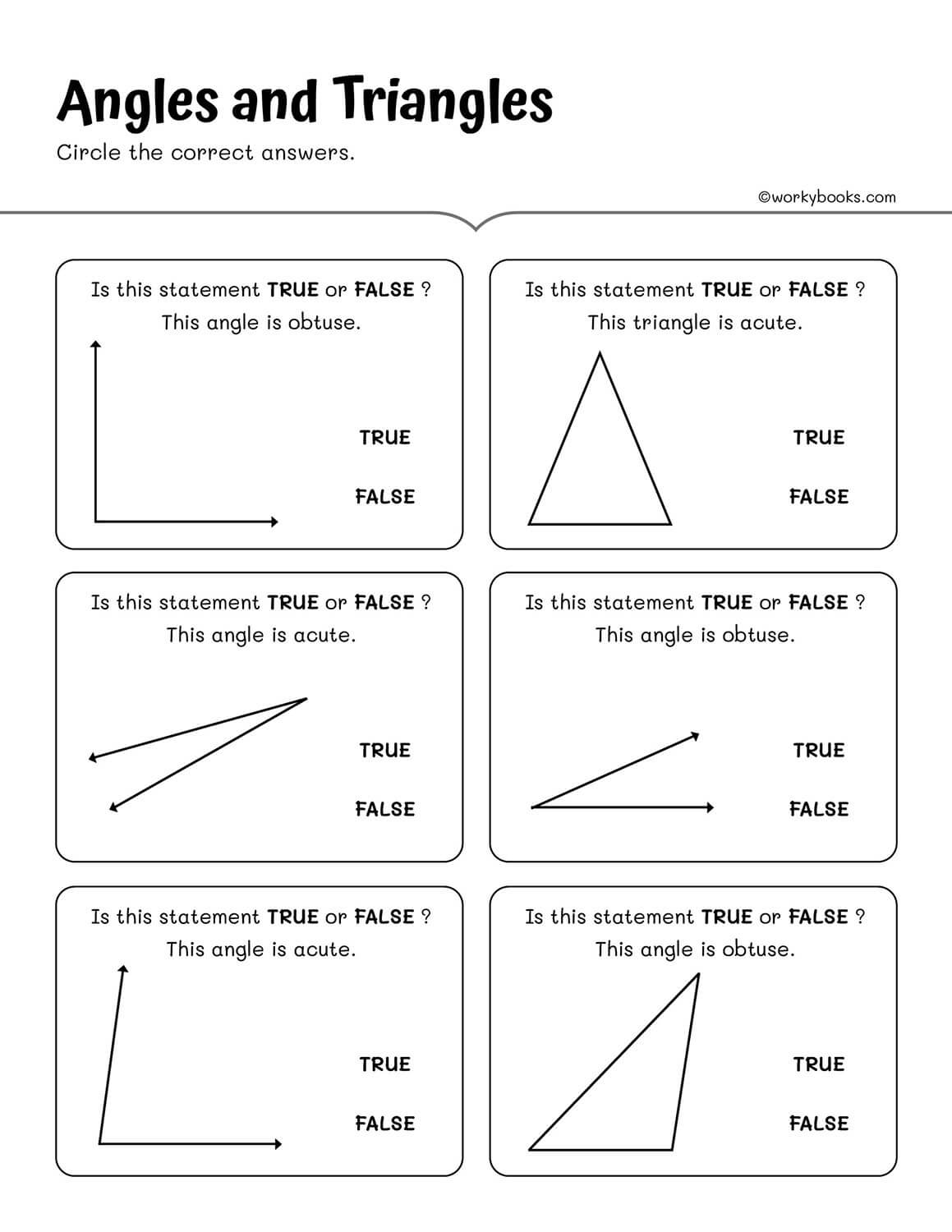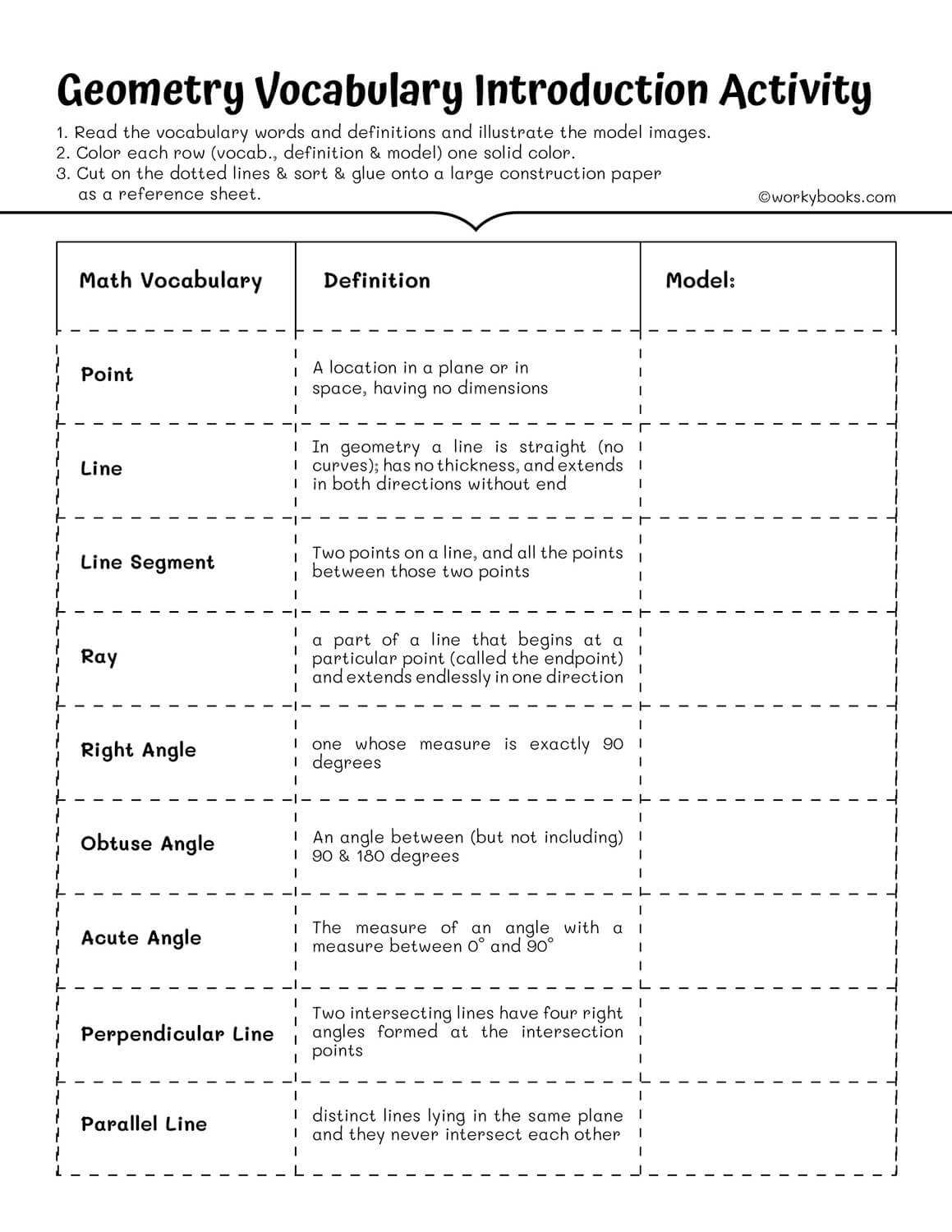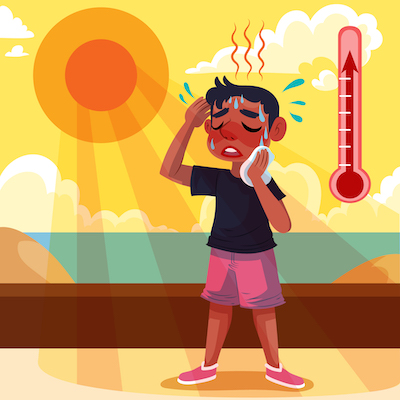4th Grade Geometry Shapes Worksheets

In fourth grade, students learn to identify and define basic geometry shapes and definitions as part of math standard 4.G.A.1.
What is CCSS Math Standard 4.G.A.1?
The Common Core State Standard Math 4.G.A.1 reads as follows:
“Draw points, lines, line segments, rays, angles (right, acute, obtuse), and perpendicular and parallel lines. Identify these in two-dimensional figures.”
1. Understanding Angle Classification
What Are Angles?
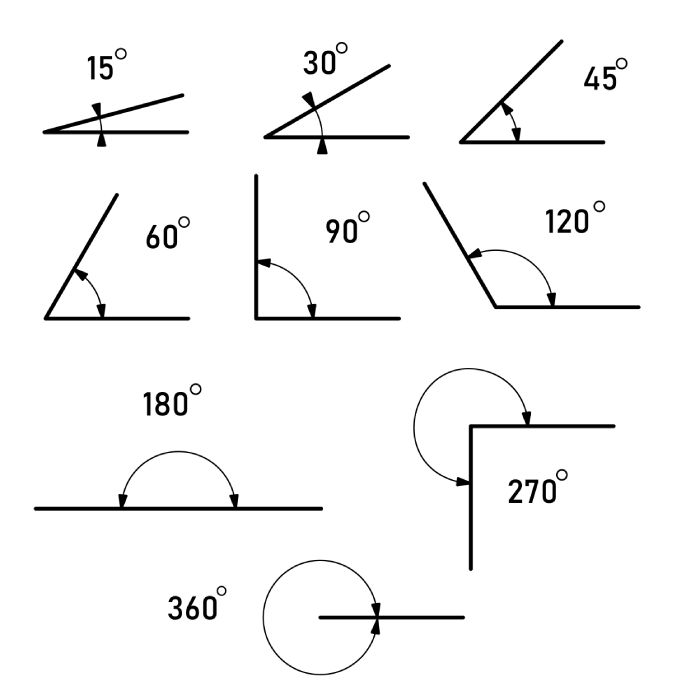
Angles are created when two lines connect at a point, called a vertex. We can categorize angles based on their unique features – specifically, we classify them by degree measures. The key is looking at how sharply or widely the lines are separating.
There are three main kinds of angles students learn:
- Right Angles – These angles measure exactly 90 degrees. The lines meet to form a square corner or “right” angle.
- Acute Angles – These measure below 90 degrees, for a sharp angle where the lines are closer to parallel than perpendicular.
- Obtuse Angles – These measure over 90 degrees, opening wider than a right angle. Lines create a wider corner turn.
Real World Examples
It helps to look at real angles around us – a picture frame’s corners, road intersections, and even scissors have angles! Encourage students to find different types of angles in everyday objects that open in sharper or wider directions. Build their geometry skills and help them relate these concepts to the world around them.
2. Understanding Triangle Classification
What Are Triangles?
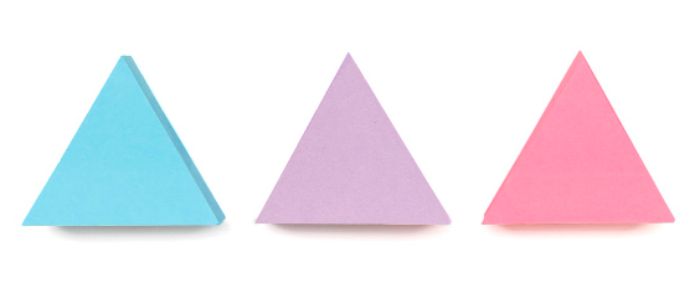
Triangles are a common geometric shape that students learn about in elementary and middle school math. They are polygons that have three straight sides and three vertices (corners). Triangles are classified into different types based on the measurement of their internal angles as well as the lengths of their sides.
Learning the Triangle Types
There are several main types of triangles that students learn to identify and classify:
- Equilateral Triangles – These have three sides of equal length and three 60 degree angles, making them balanced and symmetrical.
- Isosceles Triangles – These have two sides of the same length, creating two equal angles as well. Their one unequal side/angle differs.
- Scalene Triangles – These triangles have no equal sides or angles, giving them an irregular look.
- Right Triangles – These triangles contain one 90-degree “right” internal angle.
There are a couple of less common triangle types as well – obtuse triangles contain one internal angle wider than 90 degrees, while acute triangles have three sharp angles less than 90 degrees.
Real World Examples
Have students hunt for triangle examples in the real world – everything from pizza slices to road signs feature triangular shapes! Compare the types by looking at their side lengths versus angle sizes. Get creative relating geometry concepts through examples they recognize from everyday life.
With some interactive triangle classification activities from our math worksheets, learning these fundamental shapes can be engaging and meaningful for children. Understanding shapes builds a critical foundation for more advanced geometry. Check out more of our resources!
Triangular shapes have three straight sides and three angles. We can categorize them based on their unique features. The key is looking at the length of the sides and size of the angles.
Check out more fourth-grade math resources to build geometry skills.
This worksheet covers key geometry terms for Grade 4, aligning with Common Core State Standards 4.GA.1-4. The worksheet helps students to read and understand vocabulary words and their corresponding definitions and even provides model images for better comprehension. To make the learning experience more interactive, students are encouraged to colour each row (vocabulary word, definition, and model) with a single, distinct colour.

